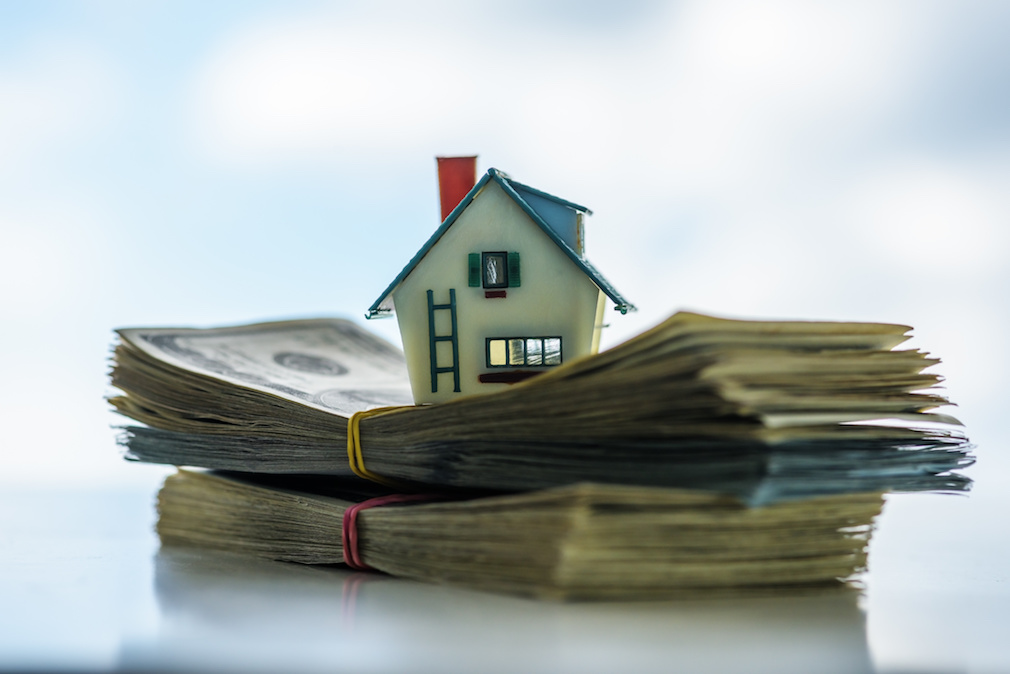Housing production had a long way to go in order to catch up after the recession, with a shortage of homebuilding materials, shortage of labor and the lingering economic effects of the crisis impacting homebuilding.
Despite that, there were still nearly 7 million single-family houses built in the last decade.
More specifically, there were 6.8 million single-family housing starts between 2010 and 2019, which included 1.53 million custom home building starts, 827,000 townhouses starts (single-family attached) and 300,000 single-family built-for-rent starts, according to the National Association of Home Builders.
Over half of single-family starts were in the South region, NAHB said. The West had 23% of starts, while the Midwest had 15% and the Northeast had 8%.
Looking ahead to this year, new data from Zillow suggests that southern markets are actually expected to outperform other national markets this year.
In terms of multifamily real estate, there were 3.1 million starts in the last decade. Overall, the multifamily sector peaked in 2015, then leveled off as time went on, NAHB said.
Throughout the decade, there were approximately 150 million remodeling projects. The total cost? $1.5 trillion.
Of course, the homebuilding declines of the Great Recession impacted the labor force, too. Between 2005 and 2010, this industry suffered a net loss of 1.5 million jobs, reaching its lowest point in 2011. Since 2011, employment in this industry gradually increased.
Because of this, the skilled labor shortage has been cited as either the No. 1 or No. 2 business-related challenge for builders for the last five years, according to NAHB.
The first half of the decade saw demand for a growing rental market. During this time, the homeownership rate dipped from 67.1% to 62.9% during the second quarter of 2016, a post-recession low.
Despite there being such a demand in the rental market right off the bat, the multifamily market was the first to recover from the recession by 2015.
During the second half of the decade, the homeownership rate rebounded to 64.8% by Q3 of 2019.
Supply and demand are the relying factors of housing starts, according to NAHB.
Towards the end of the decade, there has been a shortage of lumber and construction goods. NAHB said that lumber prices increased in 2018 by 63%, adding thousands of dollars to the cost of a newly built home. While lumber prices were lower in 2019, other building material prices have increased.






